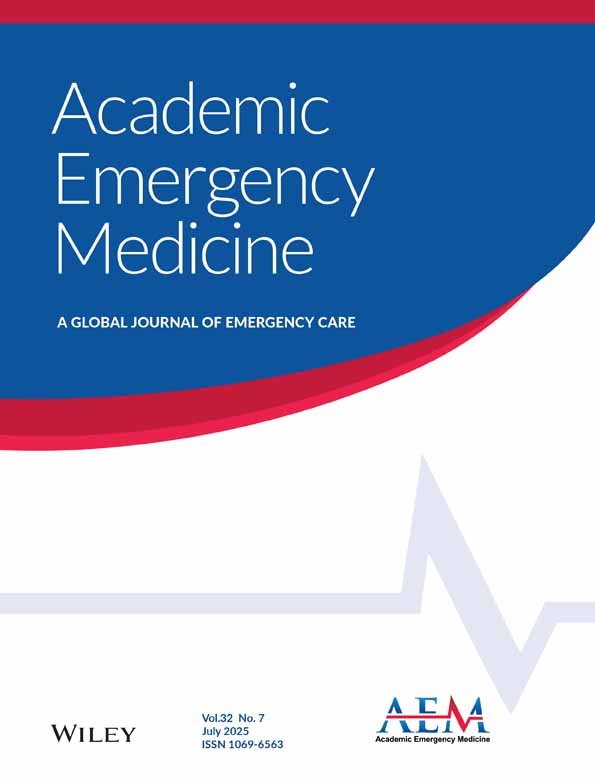Benzodiazepine Co-Exposure Among Patients Presenting to the Emergency Department With a Confirmed Opioid Overdose
Funding: This work was supported by National Institute on Drug Abuse, R01DA048009.
Supervising Editor: Steven Bradley Bird
ABSTRACT
Background
Simultaneous exposure to both benzodiazepines and opioids can lead to synergistic respiratory depression, complicating overdose management. Our objective was to report on the detection of prescription and novel benzodiazepine co-exposures among patients treated in emergency departments (EDs) with suspected opioid overdoses. We aimed to describe novel benzodiazepine exposures in this population and to compare the clinical severity of co-exposure to benzodiazepines and opioids versus opioids alone.
Methods
This study utilized data from the Toxicology Investigators Consortium (ToxIC) Fentalog Study, an observational study at 10 ED sites (Sept 2020–Dec 2023). Waste serum samples were analyzed using liquid chromatography quadrupole time-of-flight mass spectrometry (LC-QTOF-MS) for the presence of over 1200 novel psychoactive substances (NPS), drugs, therapeutics, and metabolites. Analyses included demographics, clinical severity, and outcomes among those with prescription benzodiazepines, novel benzodiazepines, or no benzodiazepines.
Results
Among the patients with opioids present (n = 1427), 29.0% of patients had detectable benzodiazepines. 20.5% of patients had detectable prescription benzodiazepines, and 8.5% of patients had detectable novel benzodiazepines. The most commonly detected prescription benzodiazepine was alprazolam (39.3%); the most common novel benzodiazepine was bromazolam (46.3% of novel benzodiazepines). The median age of those with novel benzodiazepines was 34, which was younger than those without benzodiazepines (40) and those with prescription benzodiazepines (41; p = 0.001). Patients without benzodiazepines received naloxone more frequently (p = 0.02), while novel benzodiazepine co-exposure was associated with higher naloxone nonresponse rates (p = 0.03). Patients with novel benzodiazepines (compared to the opioid-only group) had increased odds of requiring mechanical ventilation (aOR: 2.14; 95% CI: 1.07, 4.05) after adjusting for age, gender, race and ethnicity, and the presence of prescription benzodiazepines and/or fentanyl.
Conclusions
Nearly a third of patients with confirmed opioid overdose presenting to the ED also had concomitant benzodiazepine exposures. Those with novel benzodiazepines had significantly higher odds of intubation, suggesting greater severity of overdose.
Conflicts of Interest
The authors declare no conflicts of interest.
Open Research
Data Availability Statement
Research data are not shared.




